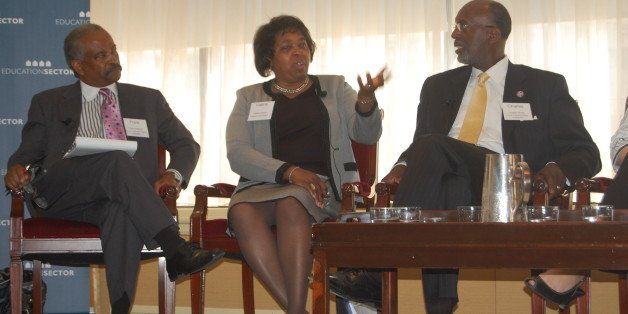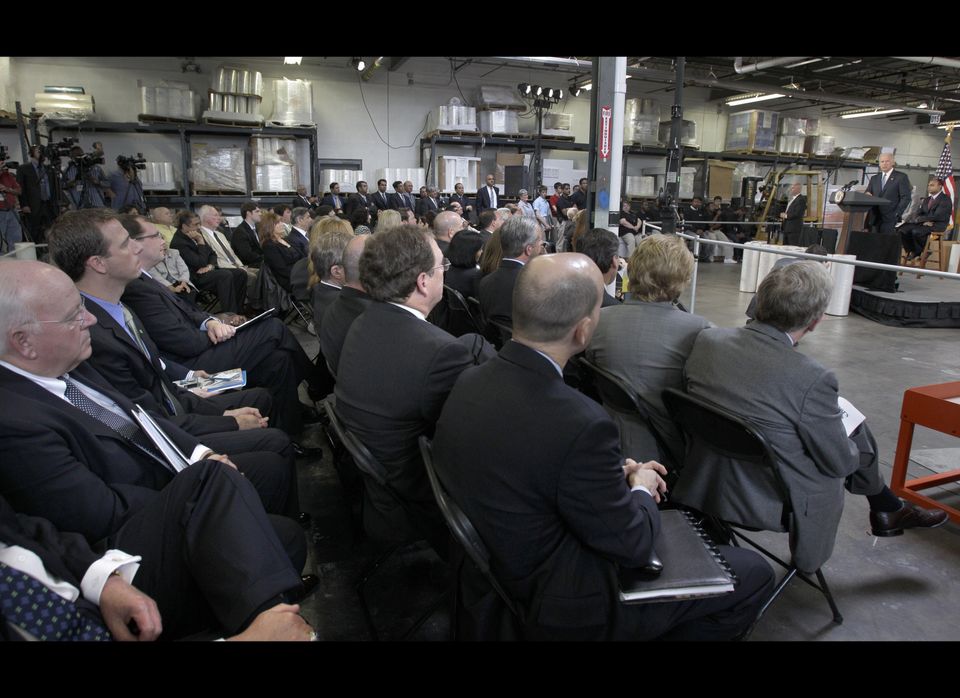
Historically black colleges and universities have been at the center of a number of public debates on the changing culture of higher education. But with a new year of challenges ahead in financing, political mobilization and the redefining of value in higher education, many HBCU communities are searching to discover how to keep quality leadership, or to attract it.
Four sitting presidents shared lessons on sustainable HBCU leadership, with each giving their top impression of what it takes to build a long and successful presidency at a black college.
“It really starts with president and board synergy. If they are not compatible, the institution suffers. Most of these short tenures are due to that mismatch, and that’s not an indictment of the president or the board. It starts though with the presidential candidate.”
“They need to have the strength to say no to an offer when it is clear to the world that this is not a good fit. I think folks are too anxious to be a president sometimes and that will impact their career.”
- Dillard University President Walter Kimbrough
“Leading HBCUs has to be a labor of love for the institutions and students that we serve. In addition to the normal stresses of running universities in an era of shrinking resources, there are special challenges embedded in HBCUs. They are institutional reflections of the people they primarily serve, and as such have been denied access to wealth and the ability to generate it.”
“That basic American truism about black people and black institutions affects everything we do. We don't have any problems that wealth wouldn't solve; or as is the case of many white institutions, hide.”
- Southern University System President Ronald Mason
“In the first four years, we were on the road more than three days a week to get corporations and donors to understand and appreciate what we were trying to build in our academic and social training systems here. We wanted students to learn and follow the values of honesty, integrity, respect, and accountability. We wanted them to be servants to their fellow man. And our partners bought into those ideas.”
“My mother told me as a child, if you have a dollar, you can’t buy $1.25 cents of grocery. And that’s the way I’ve always tried to manage Hampton University, and even my own affairs. A lot of leaders don’t understand resources. If you’re talking about a college or university, you’ve got be able to provide scholarship support, upgrade and retain quality faculty, have a physical plant conducive to a living learning environment and a technological underpinning for your academic and structural systems. And it takes money to do all of those things.”
- Hampton University President William Harvey
“In my almost seven years at the helm of the Quinnite Nation I have come to two central conclusions concerning personnel management. The first is that we must be obsessive about recruiting, retaining, and developing premium talent for our staffs and faculties. Just as a coach cannot consistently win games without gifted players, college presidents cannot produce outstanding students and institutions with mediocre staff/faculty. It does not add up.”
“Secondly, fit is everything. We should only hire people who embrace the mission and culture of our institutions. It simply must be "WE over Me." There is no other way.”
- Paul Quinn College President Michael Sorrell
